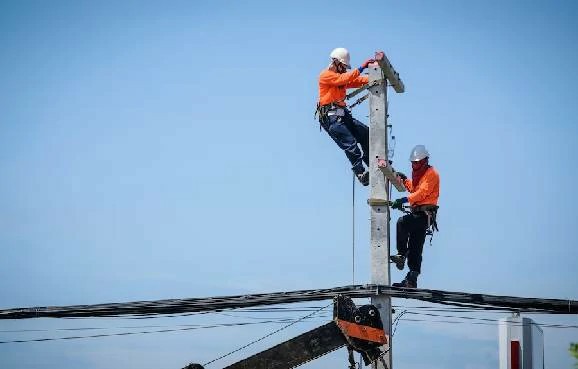


 349,500 Offered Certificates
349,500 Offered Certificates
 24/7 Online Training
24/7 Online Training
 Money Back Guarantee
Money Back Guarantee
 Fully Accredited Courses
Fully Accredited Courses

Created at: 22-02-2025 18:14
In the ever-evolving realm of workplace safety, understanding legal obligations is paramount for businesses, especially concerning Working at Heights training. In Ireland, the safety of workers engaged in activities at significant elevations must comply with stringent regulations laid out by regulatory bodies like the Health and Safety Authority (HSA) and the Health and Safety Executive (HSE). This blog delves deep into these legal requirements, employer responsibilities, penalties for non-compliance, and guidance on ensuring that your organization is adherent to safety laws.
The importance of Working at Heights Training stems from an inherent ethical and legal obligation to ensure employee safety. Ireland's framework for workplace safety revolves around protective provisions and protocols that mitigate risks associated with working at heights.
The HSA is central to regulating workplace safety in Ireland. Their website provides resources and guidance on safe practices to help businesses meet their legal obligations. Key regulations enforced by the HSA regarding working at heights include:
Although the HSE primarily oversees regulations in the UK, its guidelines offer insight into best practices that Irish businesses can benefit from. Reviews of the HSE guidelines can enhance compliance within the Irish context.
Every employer in Ireland is obligated to guarantee the safety of their workers, especially those operating at heights where risks are elevated. This obligation encompasses:
By committing to these actions, employers contribute significantly to a safe working environment and comply with legal obligations.
Failure to adhere to the legal requirements for Working at Heights Training can lead to severe repercussions:
Thus, the financial and legal ramifications of neglecting these obligations can be detrimental.
To avoid penalties and foster a culture of safety, businesses should implement the following best practices:
Employing these strategies will significantly promote workplace safety compliance and bolster employee confidence.
In conclusion, navigating the legal requirements of Working at Heights Training in Ireland is a crucial aspect of ensuring workplace safety. By understanding the regulations set forth by the HSA and HSE, employers can foster a safer work environment, mitigate risks, and avoid potential legal repercussions. By prioritizing certified training and adherence to safety protocols, businesses can protect their employees and contribute positively to their industries.
If your business is looking to enroll employees in a certified Working at Heights Course, visit Ireland Safety Training for more information or reach out via email at [email protected].